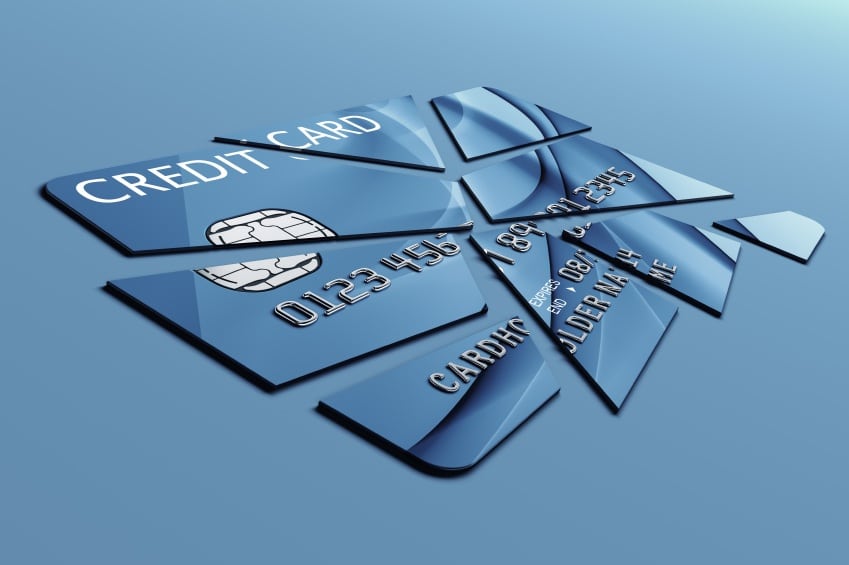
Millennials Prefer Short-Term Payments to Lifetime Debt… Here’s Why
By Jasmine Glasheen.
Debt isn’t a foreign concept to members of Generation Y. Whether it’s a result of growing up during a recession or being saddled with unparalleled student loan debt, the reality is that most Millennials are incredibly hesitant to make any moves that might further increase their financial obligations. In fact, Fortune reports that on a daily basis only 1 out of 3 Millennials keep a credit card in tow. This poses a problem for retailers with aspirational or big-ticket price points – or any price points, for that matter – since impulse and credit card purchases can comprise a big chunk of their overall sales. As a result, many retailers are researching new payment methods to offer their Millennial customers.
Keeping this in mind, let’s explore why Millennials are so terrified of racking up credit card debt and how retailers can modify their payment offerings to reach these financially-hesitant consumers.
Money Needs to Be in the Bank… Or Close To It
When Millennialsare willing to throw down some plastic to pay for a purchase, they’d rather do so when they have money in the bank. Forbes reports that 46 percent of Millennials use debit to pay for their everyday purchases, while only 29 percent of Millennials regularly use credit cards. Using credit cards can be an important step in building up one’s credit, yet Millennials’ reluctance to use credit can lead to their hitting a glass ceiling with their credit scores. So, why are Millennials scared to take some plastic out for a spin?
According to Business Insider, 71 percent of Millennials “feel uneducated on financial matters.”
A lack of financial confidence can lead Gen Y to hold off on making purchases on credit out of fear of missing payments and thereby adding to their existing debt. In other words, financial self-doubt is causing many Millennials not to spend money they don’t have – even when putting some purchases on a credit card could be a positive for their credit score or financial future. While debit cards are a viable alternative to buying on credit, Millennials’ hesitancy to buy with money they don’t have in the bank can also create a conundrum for retailers who want to entice their financially-conservative Millennial customers to impulse spend on their mid to high price point products. Hence? Alternatives need to be available.
The Best Alternative to Plastic
How can retailers get Millennials to pony-up for more expensive inventory items? A new era of customer financial preferences calls for a new type of payment system and, like most relevant retail innovations, the next wave of payment options draw on a customer favorite from the past. While once upon a time installation payments were only used on major purchases and Grandma’s home shopping impulse buys, the future of installation payments is once again on the rise. Make no mistake, however. What exists now is far more savvier than our Grandma’s have ever known.
Installation payments are – thankfully – being modernized thanks to digital.
In fact, Accenture predicts that digital payments will become the norm by 2020 and that Millennials and “mass affluents” will lead the charge in this payments revolution. While Millennials often hesitate to spend unless they have money in the bank, installation payments give Gen Y customers the option to purchase a product with small incremental payments – meaning young customers aren’t put in the stressful position of paying for a product with money they don’t have. Even customers who fear credit card debt are usually open to the idea of purchasing a product they can pay off within a few months and – quite frankly – purchasing an item for “4 easy payments of $80” sounds a heck of a lot more doable than a $320 flat-rate for anycustomer… especially those that are hardwired against building up any significant debt.
Hooking Up with the Right Provider
The idea of accruing interest is almost as terrifying as the thought of building debt for next-gen customers and it’s essential to offer consumers a payment option that won’t set off any Recession-induced red flags before you get them over the finish line on a major purchase. Quadpay gives online retailers the ability to offer customers 4 interest-free payments over a 6-week timespan… meaning even the most skittish Millennial customer will be able to buy aspirational or luxury items with peace of mind. Additionally, Quadpay will also soon integrate with in-store POS systems to give instant credit approval at the cash register so retailers can make more big-ticket sales and give their Millennial customers a taste of the luxury market – without the debt.
Curious if QuadPay is right for your business (hint… if you sell to consumers it is)… Explore more here!














